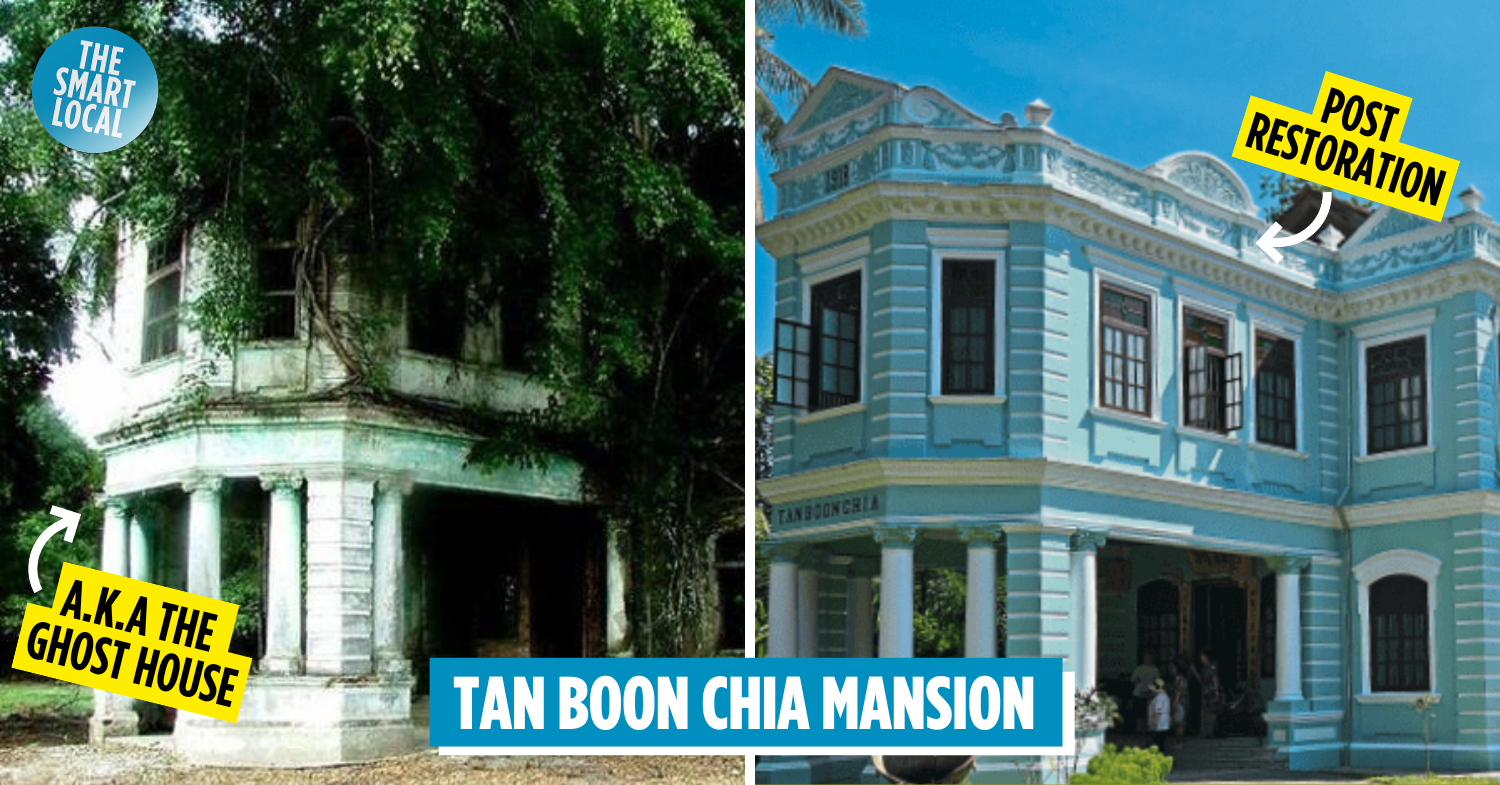Tan Boon Chia Mansion in Rasa, Hulu Selangor
Folks residing in Rasa, Hulu Selangor, will be familiar with the name Tan Boon Chia Mansion. The imposing structure in a magnificent shade of green was once owned by a wealthy tin-mining tycoon in the early 1900s, and was the talk of the town.
But then its history took a dark turn. While its gates are now closed to the public, its towering walls still echo stories of colonial opulence, Japanese occupation, and the eerie silence that followed.
Read on to uncover the haunting tale behind this forgotten estate.
The history of Tan Boon Chia Mansion
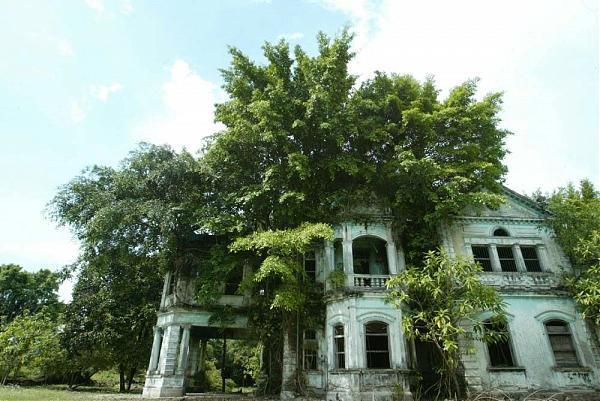
Image credit: Kerol X-rap via Facebook
Built in 1918, the colonial Tan Boon Chia Mansion has witnessed periods of opulence and wartime occupation before it fell into neglect. Its rich legacy mirrors the rise and fall of tin magnates, the impact of World War II, and the enduring spirit of heritage preservation.
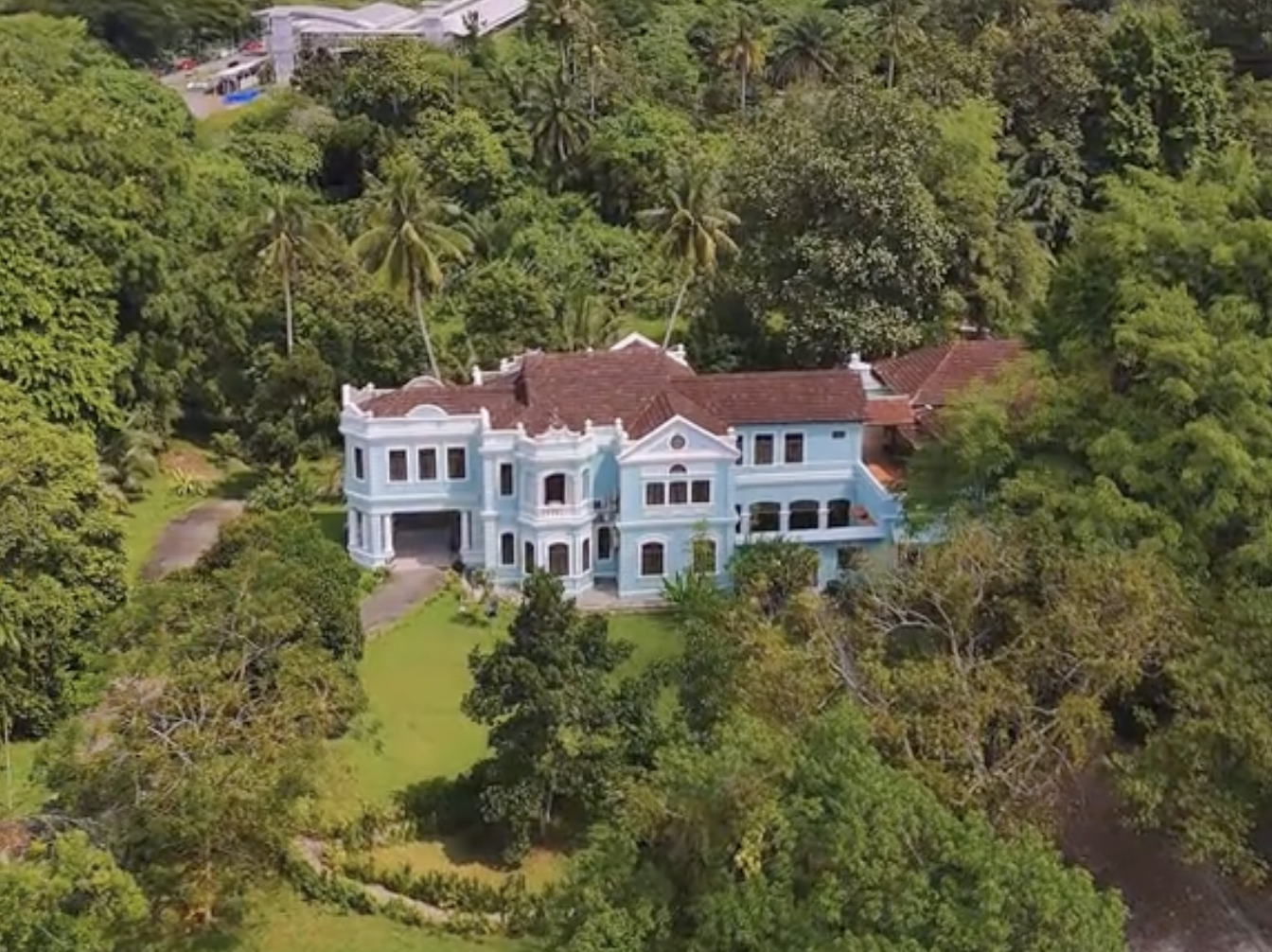 Image credit: @aaifaaazhar via TikTok
Image credit: @aaifaaazhar via TikTok
Born in Fujian Province in 1892, Tan Boon Chia arrived in Malaya as a child and worked his way up from a modest mining labourer to a wealthy tycoon.
In 1918, at just 26 years old, he commissioned a sprawling residence on roughly two hectares of land. The imposing structure was built to accommodate a whopping 51 rooms, servants’ quarters, and a garage with living space. It became the grandest structure in Rasa.
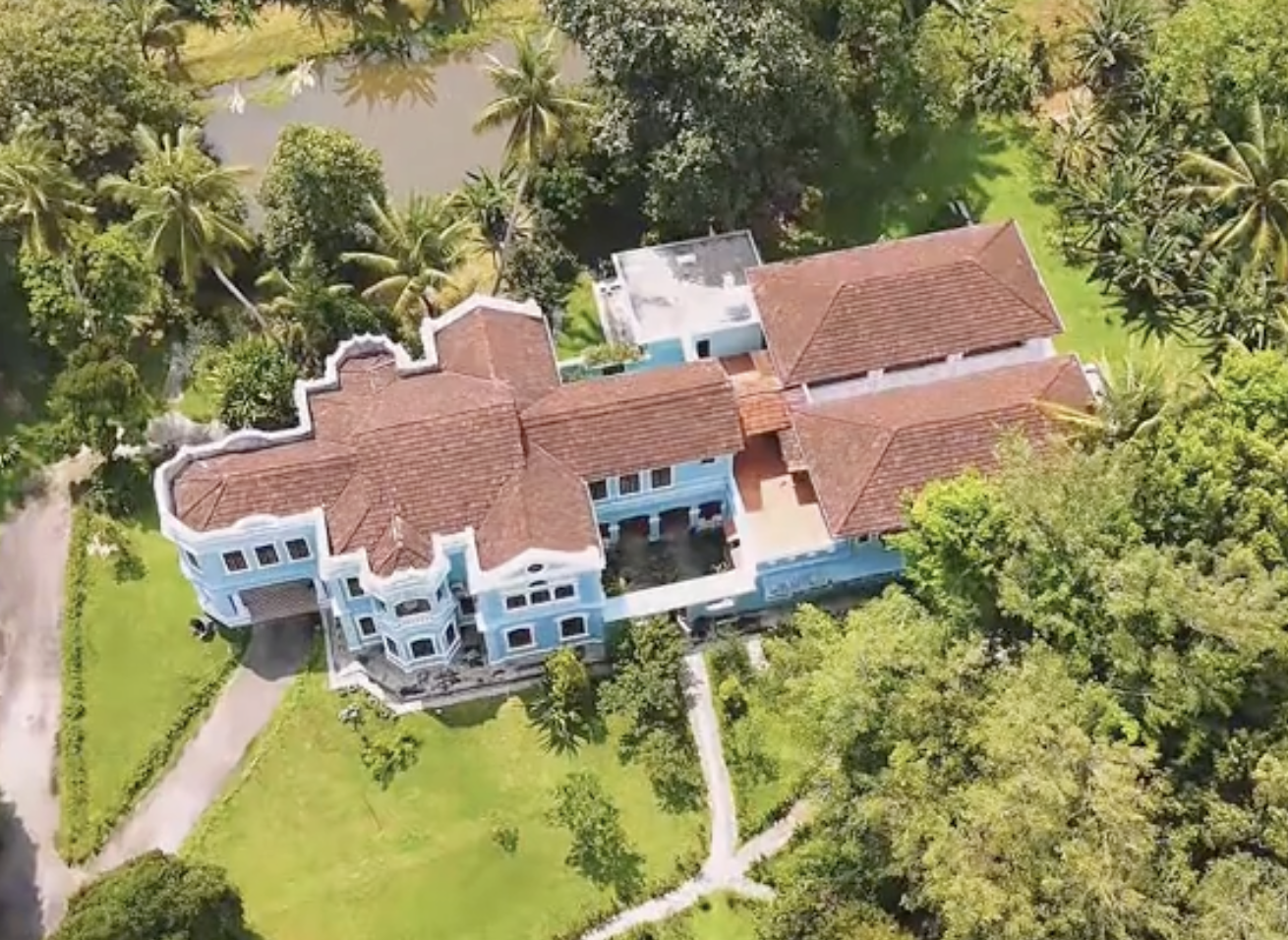
Image credit: @aaifaaazhar via TikTok
Tan’s success wasn’t limited to tin. He also invested in rubber estates and marble processing, cementing his status as a significant figure in the colonial-era Malay economy.
Wartime occupation & modern restoration
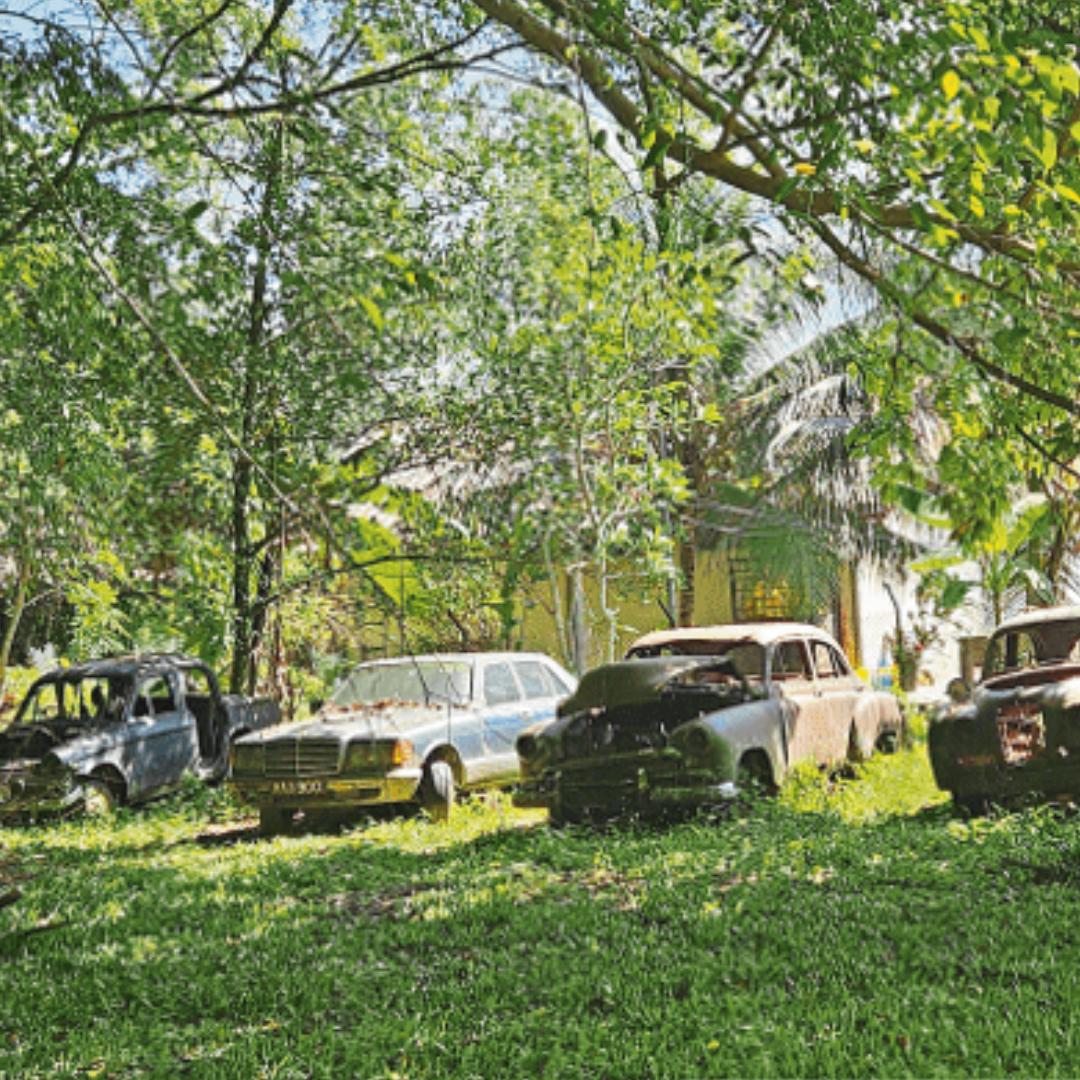 Image credit: Wikipedia Commons via Website
Image credit: Wikipedia Commons via Website
After Tan died in 1931, the family continued to live there. However, with the Japanese invasion in December 1941 during the Second World War, the Tan family fled and abandoned the mansion. It was left fully furnished, with vehicles in the garage, which was turned into a Japanese command post.
Rumours suggest that local prisoners were mistreated and possibly buried in its gardens.
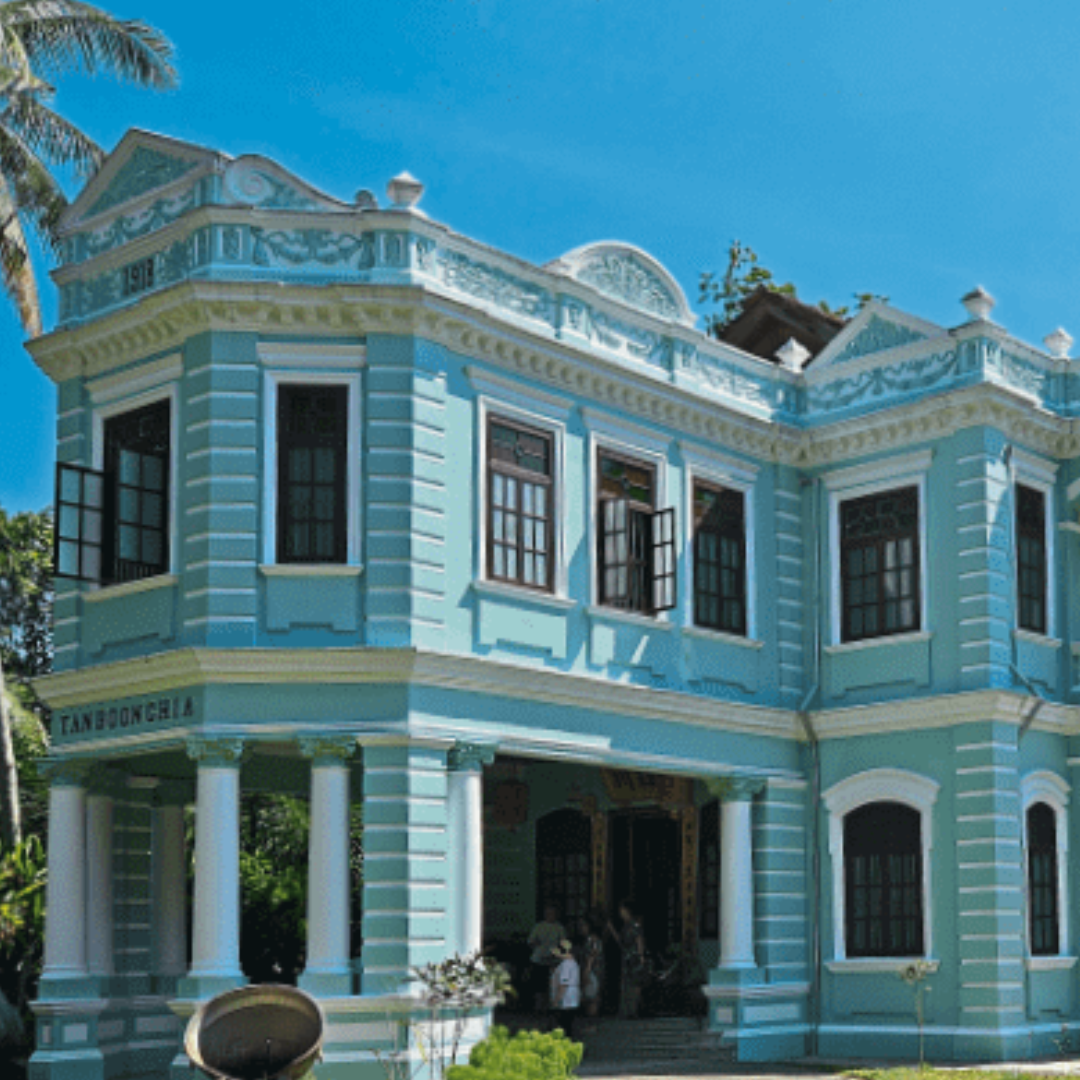
Image credit: Wikimedia Commons
Post-war, the property was returned to the Tan family, but it is said that they never fully reclaimed it. After half a century, there were reports that a descendant attempted to restore the house, including its interior and furnishings, to its former glory.
The mansion retains its distinctive architectural features: Archways with Chinese inscriptions, ornate plaster pillars, and floral motifs. Though the structure is only visible from the outside, with public entry restricted, you can still catch a glimpse of its grandeur while driving through the town.
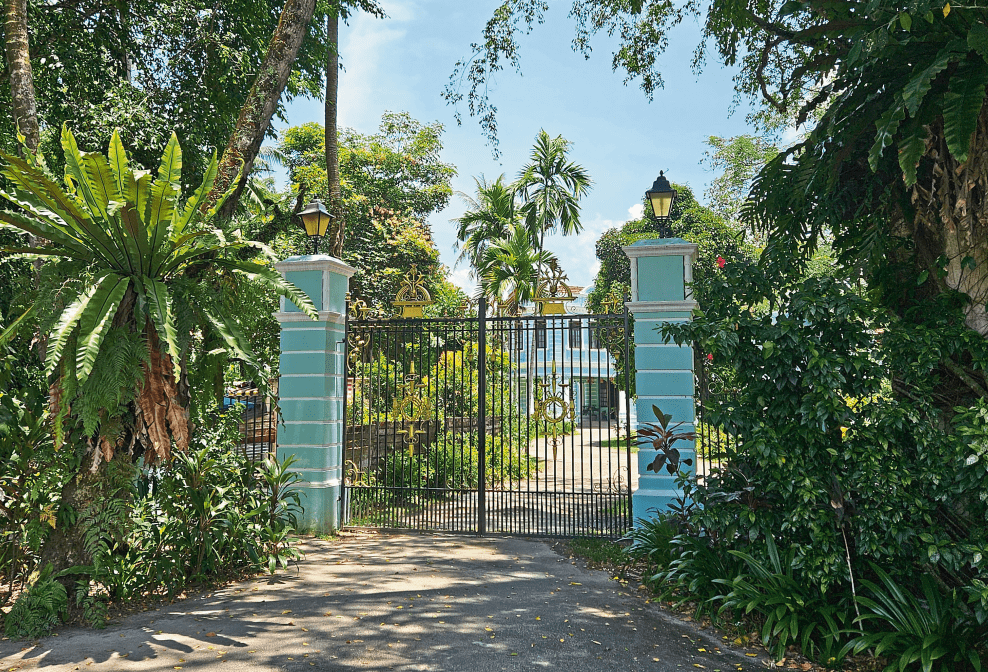
Image credit: Wikimedia Commons
Today, many locals affectionately – or hauntingly – refer to the mansion as “the ghost house”. This is likely due to its war-scarred past and the paranormal activities allegedly witnessed there by inquisitive locals. A spine-chilling horror film, Mistik, was also filmed there in 2003.
The mysterious Tan Boon Chia Mansion in Rasa
The Tan Boon Chia Mansion encapsulates a compelling chapter in Malaysia’s heritage: From colonial wealth and architectural grandeur to wartime strife and gradual cultural rebirth.
If you ever find yourself in Rasa, take a moment to stop by this storied mansion and soak in the rich history etched into its walls.
For more supernatural places to visit, read:
Cover Image adapted from: Wikimedia Commons
